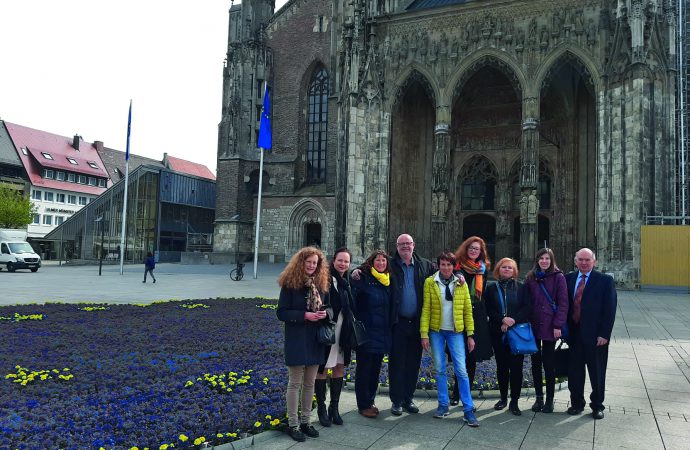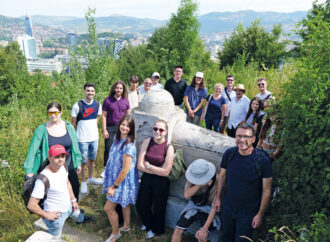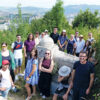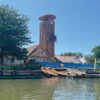They are intended to create a new political level in the European Union – and lead to cross-border cooperation for common challenges: the macro-regional EU strategies. The DANUBIANA project, which celebrated its highlight on the occasion of the European Election Day in Ulm, aims to link these strategies on civil society issues. In 2009, the
They are intended to create a new political level in the European Union – and lead to cross-border cooperation for common challenges: the macro-regional EU strategies. The DANUBIANA project, which celebrated its highlight on the occasion of the European Election Day in Ulm, aims to link these strategies on civil society issues.
In 2009, the EU presented its first strategy for transnational sub-regions: the Baltic Sea Strategy, later joined by the Danube Region, the Adriatic Ionian Sea and the Alpine Space. This means that 19 EU states are already involved in one or more macro-regional strategies. Common themes and challenges are at the centre of these strategies, activities and financial instruments are to be coordinated. In this way, synergies can be created in order to improve the impact and efficient use of resources.
Civil society as a source of ideas
Under the premise of the “3 NOs” (no new funding, no new legislation, no new institution), European macro-regions are implemented exclusively through the close cooperation of the actors involved. Civil society plays an important role in this phase, both in terms of access to the population and as a source of ideas for society.
Danube network to be expanded
The European project initiative DANUBIANA took the invitation to participate in macro-regional strategies as an opportunity and invited key civil society organisations from macro-regions to discuss key issues together.
Under the leadership of European House Budapest, the project partners visited various European cities to compare, analyse and exchange experiences on the challenges of the strategies and their impact on civil society:
– What and how can we learn from each other?
– Which issues currently create tension in society?
– How is civil society involved in decision-making structures in the respective countries?
Symbol of unity in Ulm
The project celebrated its highlight in Ulm on the occasion of the European Election Day. Pupils of the European Ambassador School Friedrich-List arranged flowers in the form of the European flag in front of the Ulm Cathedral Tower, which served as a strong symbol of unity visible from afar. The activity was accompanied by the sounds of the European hymn, performed by the Young Chamber Choir of the Humboldt-Gymnasium Ulm.
Flowers and music – this combination made almost everyone smile wistfully. No more war, real community, solidarity – for the DANUBIANA project partners, these terms are not empty words, but reflect the willingness to work together for a better world, even if many national differences divide the countries.
The following 5 EU macro-regional strategies currently exist:
Baltic Sea Strategy (EUSBSR): eight EU states with approx. 85 million inhabitants plus Norway, Iceland, Russia and Belarus are involved.
Danube Region Strategy (EUSDR): covers territories of eleven states both of the EU and of neighbouring countries with about 100 million inhabitants.
Strategy for the Adriatic Sea and the Ionian Sea (EUSAIR): with eight states, four of which are EU member states
Alpine Space Strategy (EUSALP): regions in five EU Member States plus Switzerland and Liechtenstein with a total population of around 70 million.


















